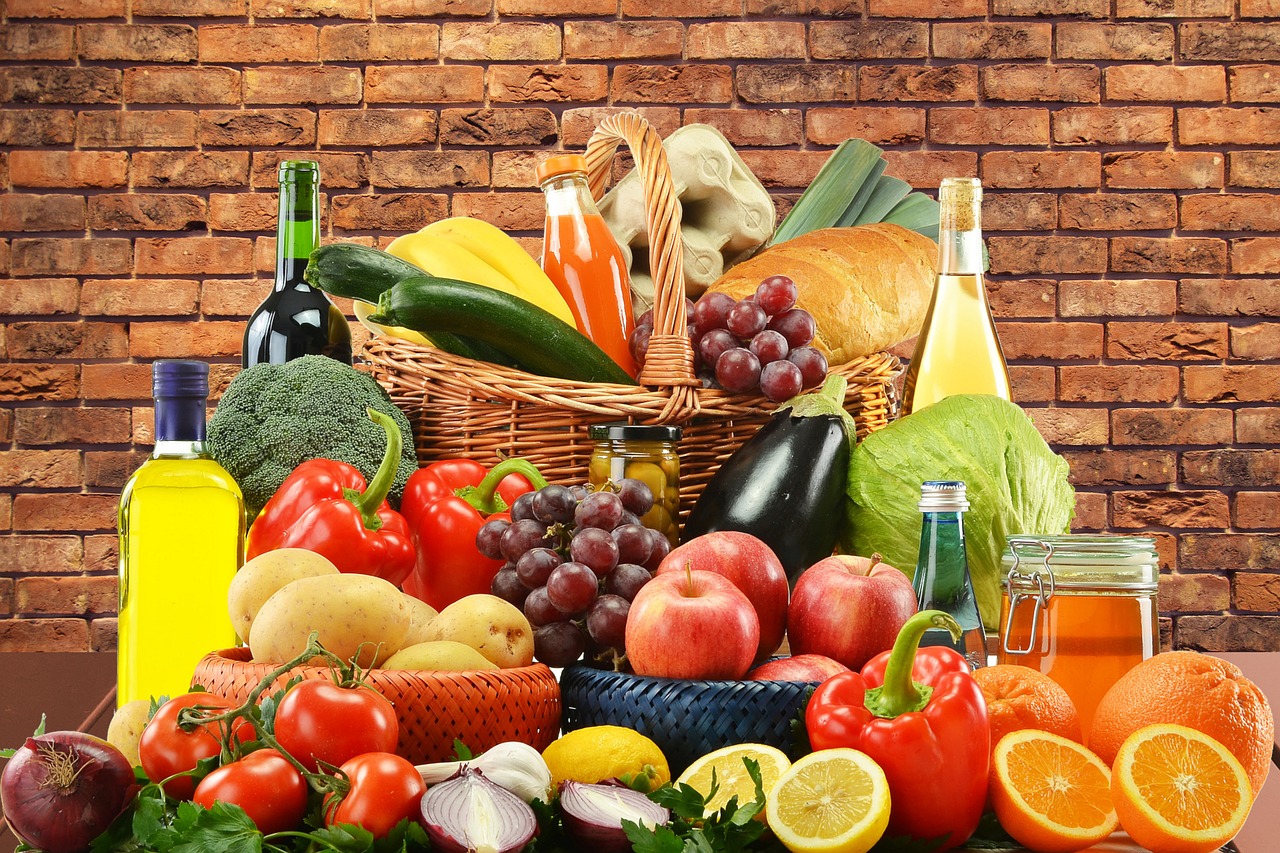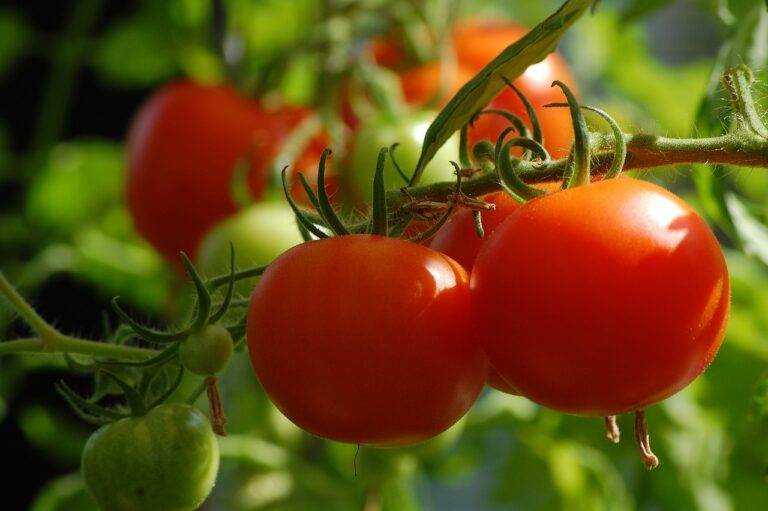A Guide to Cooking with Seasonal Vegetables
Seasonal vegetables offer a range of benefits when it comes to cooking. First and foremost, they tend to be fresher since they are harvested at the peak of their ripeness. This means they are packed with nutrients and often have a richer flavor compared to out-of-season produce that may have traveled long distances.
Additionally, cooking with seasonal vegetables can also be more cost-effective. When vegetables are in season, they are typically more abundant, leading to lower prices at the grocery store or local farmers market. This not only helps you save money but also supports local farmers and promotes sustainable agriculture practices.
Why You Should Choose Seasonal Vegetables
When it comes to selecting vegetables for your meals, choosing seasonal produce offers a myriad of benefits. Seasonal vegetables are not only fresher and tastier, but they also tend to be more nutritious. This is because vegetables that are in season are allowed to fully ripen before being harvested, resulting in higher levels of vitamins, minerals, and antioxidants.
In addition to their superior taste and nutritional value, opting for seasonal vegetables can also have positive environmental impacts. By consuming produce that is in season locally, you are supporting local farmers and reducing the carbon footprint associated with transporting out-of-season vegetables from other regions or countries. This not only helps to boost the local economy but also promotes sustainable agricultural practices.
Tips for Selecting the Best Seasonal Vegetables
When selecting seasonal vegetables, it is essential to look for vibrant colors and firm textures. Opt for vegetables that feel heavy for their size as they are likely to be fresh and full of flavor. Avoid vegetables with blemishes, bruises, or signs of wilting, as these may indicate age or spoilage.
Another important tip is to familiarize yourself with the typical characteristics of each vegetable in its prime season. For example, crisp and bright green asparagus is best in the spring, while juicy and ripe tomatoes are at their peak in the summer. By understanding the visual and textural cues of seasonal vegetables, you can ensure that you are choosing the best quality produce for your dishes.





